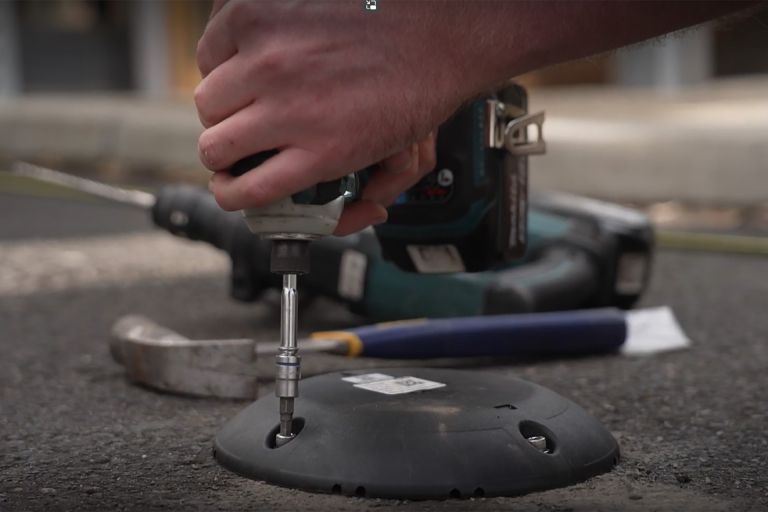Introduction
City councils and Transport for NSW needed more data to make decisions about how to best manage kerbside use. Smart Digital Kerbs is testing different technologies to collect information on kerb use, and how those spaces can be better managed.
This pilot will trial a digital inventory of kerb space allocation and the use of intelligent sensors. These smart technologies will capture real-time kerb usage data for three pilot locations including Campbelltown and Penrith. Information captured will include current kerb space allocation (for example, on footpaths, in parking and bus stops, taxi and loading zones) for each road, by time of day and day of the week
Challenge
There is debate over how to best use the kerb lanes and footpaths in our city centres. Some say they should be used as a place to load goods; others would prefer a bike lane, or limited-time parking.
However, there is no shared data platform for recording kerb space allocation and multi-modal usage. This makes it difficult for state and local roads authorities and transport planners to improve efficiency.
Solution
This project is making a digital record of how and when kerbsides are used in 2 council locations: Campbelltown and Penrith.
The first trial uses technologies like:
- surface-mount sensors
- digital parking signs
- systems to study vehicle and pedestrian activity.
This information will help city councils and Transport for NSW adjust the use of space at different times. The trial will help to make streets safer for people walking and riding bikes and more efficient for businesses moving goods.
The digital inventory of street and mobility parking in Campbelltown will be accessible on the Transport for NSW Open Data Hub, shared by NSW Government and local council.
Expected outcomes
Smart Places outcome areas:
- collaboration and connection
- equality, accessibility and inclusion.
This pilot will help Transport for NSW and partner councils improve the way they optimise the use of kerb spaces in centres and across the network.
Additional benefits could include:
- improved safety outcomes for pedestrians, public transport passengers and cyclists
- improved road network optimisation and performance
- a lift in economic productivity in key urban centres, supporting freight and mobility service providers and local businesses.
Multimedia assets
Resources
Want to implement a similar project? Visit our Smart Places Playbook for help.
Smart Places Playbook: Foundations
Having the right policies and skills in place to support your smart places journey.
Smart Places Playbook: Design
Exploring the market, identifying potential solutions and setting out plans for delivery.
Contact details
Smart Digital Kerbside Project Team
Emerging Technologies
Customer Strategy and Technology
Transport for NSW
Explore other smart projects in NSW
Image

AssetAI®
NSW Government is using artificial intelligence to revolutionise road maintenance and operations. This program will make it easier to keep roads safe for our communities.
Image

Smart Level Crossing Safety Technology Trial
Using data to save lives at level crossings, as part of the Smart Level Crossing Safety Technology Trial.
Image

Smart Infrastructure Design Specifications
Developing best-practice design specifications for councils using smart infrastructure.
See all our case studies
Search our entire database of Smart Places case studies.
